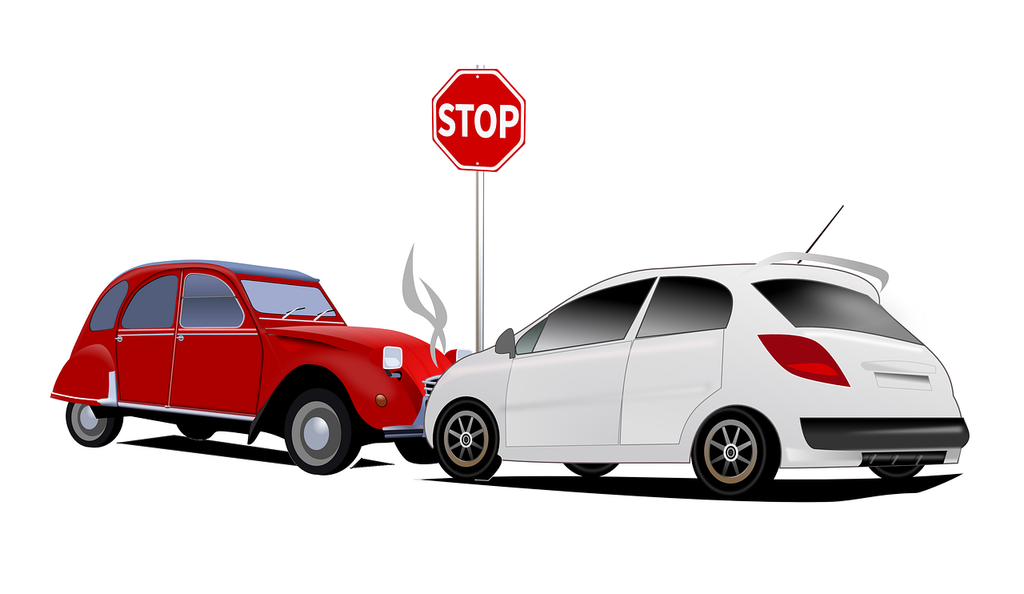The questions that we discuss in this guide are primarily related to motor vehicle accidents. It must be noted that this is just a suggestive guide and only briefly looks into the various aspects that need to be covered when answering initial calls for airambulance dispatch. Most of the times, the calls are routed to airambulance service providers by emergency services. However, on rare occasions, calls may be made directly to the service providers. This guide may be helpful to an extent in situations like these.
Initial Questions to be Asked When a Request for Airambulance is Made
After a brief introduction and convincing the caller help is already on the way and that the call is in no way delaying the emergency response, attempts must be made to gain information regarding the motor vehicle accident victims. The caller should be asked whether he or she is still on the scene and whether the caller can see the patient. If the answer is negative, it is better to terminate the call and answer other calls pertaining to the same incident. However, if the answer comes in the positive, a different approach with a different set of questions must be followed.
The Subsequent Questions to be Asked
The person who calls the airambulance must be asked to quickly narrate what has transpired. Stock must be taken of the number of casualties and the caller must be asked where the patient is at the current time. Additionally, questions pertaining to the incident, in specific, must be asked. These could include the speed of the vehicle during the crash, the surface that the patient has fallen on, whether the patient is trapped, whether there are any burn injuries, etc. Apart from this, questions that are specific to the patient’s condition must be asked. These could be whether the patient is conscious and coherent, and whether the patient is breathing normally.
Questions like these will help you ascertain the seriousness of the situation and whether any ancillary services are required.


